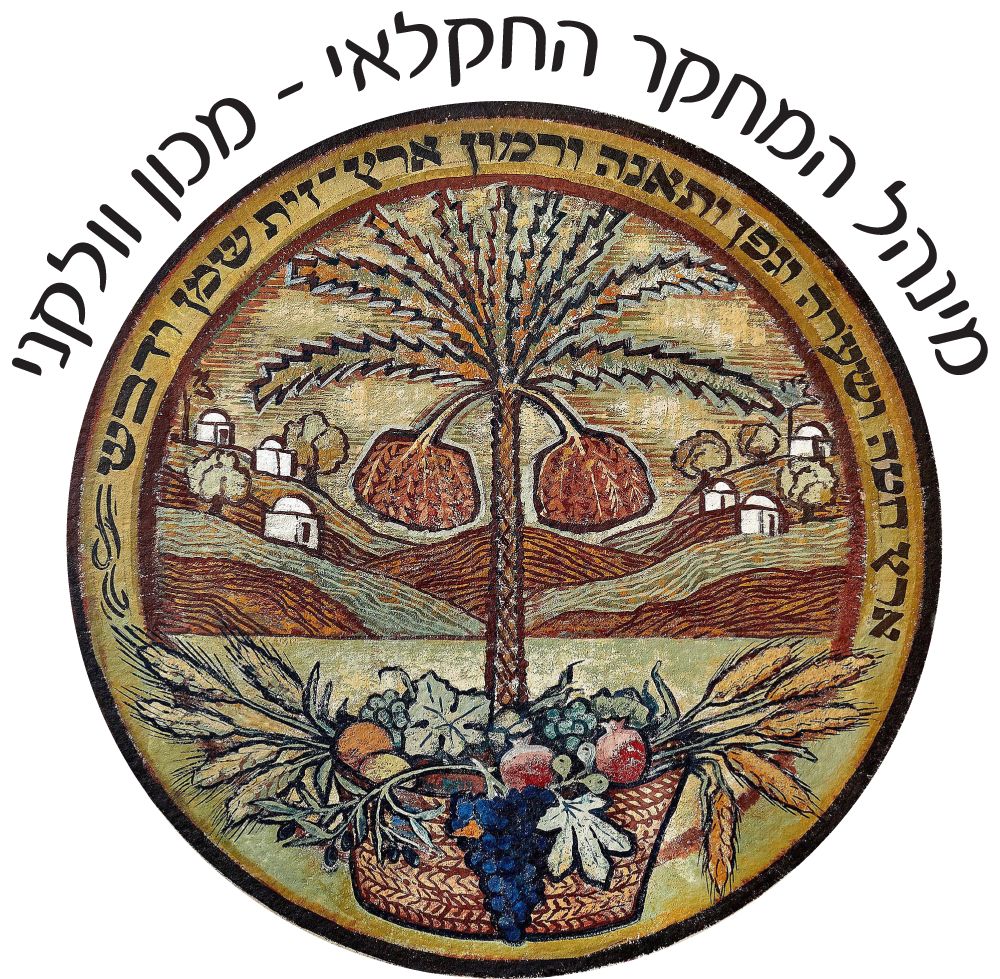Ekaterina Shor Ph.D.
Researcher
- Institute of Plant Sciences
- Vegetable Field Crop Research
- Institute of Plant Sciences, Vegetable and Field Crops Unit, Gene Bank building, room 2019
- +972-506408545
Biography
In my lab we apply up-to-date methods of molecular biology to improve seed traits of legume crops. Identification of the relevant genes in pea and cheackpea followed by Cas9-mediated mutagenesis are performed for generation of plants with low raffinose levels in seeds, increased seed protein content and high yield.
Research Interests
Identification of genes and molecular mechanisms underlying control of agriculturally important traits in legume seeds. Gene editing of peas and chickpeas to improve grain quality for the food industry.
Publications/Articles
- Shor, E. and Vainstein, A. (2024). Petunia PHYTOCHROME INTERACTING FACTOR 4/5 transcriptionally activates key regulators of floral scent. Plant Molecular Biology. https://doi.org/10.1007/s11103-024-01455-8
- Skaliter, O., Bednarczyk, D., Shor, E., Shklarman, E., Manasherova, E., Aravena-Calvo, J., Kerzner, S., Cna’ani, A., Jasinska, W., Masci, T. et al. (2024). R2R3-MYB EVER controls emission of petunia floral volatiles by regulating epicuticular wax biosynthesis in the petal epidermis. The Plant Cell. 36: 174–193, https://doi.org/10.1093/plcell/koad251
- Shor, E., Skaliter, O., Sharon, E., Kitsberg, Y., Bednarczyk, D., Kerzner, S, Vainstein, D., Tabach, Y. and Vainstein, A. (2023). Developmental and temporal changes in petunia petal transcriptome reveal scent-repressing plant-specific RING–kinase–WD40 protein. Front. Plant Sci. 14. doi: 10.3389/fpls.2023.1180899
- Shor, E., Ravid, J., Sharon, E., Skaliter, O., Masci, T. and Vainstein, A. (2023). SCARECROW-like GRAS protein PES positively regulates petunia floral scent production. Plant Physiol. 192: 409–425. https://doi.org/10.1093/plphys/kiad081
- Skaliter, O., Kitsberg, Y., Sharon, E., Shklarman, E., Shor, E., Masci, T., Yue, Y., Arien, Y., Tabach, Y., Shafir, S. and Vainstein, A. (2021). Spatial patterning of scent in petunia corolla is discriminated by bees and involves the ABCG1 transporter. Plant J. 106: 1746-1758. https://doi.org/10.1111/tpj.15269
- Sineshchekov, V., Shor, E. and Koppel, L. (2021). The phosphatase/kinase balance affects phytochrome A and its native pools, phyA′ and phyA″, in etiolated maize roots: evidence from the induction of phyA′ destruction by a protein phosphatase inhibitor sodium fluoride. Photochem. Photobiol. Sci. 20: 1429–1437. https://doi.org/10.1007/s43630-021-00110-1
- Shor, E., Potavskaya, R., Kurtz, A., Paik, I., Huq, E. and Green, R.M. (2018). PHYTOCHROME INTERACTING FACTOR (PIF)-mediated sucrose regulation of the circadian oscillator is light quality and temperature dependent. Genes. 9: 628. https://doi.org/10.3390/genes9120628
- Hassidim, M., Dakhiya, Y., Turjeman, A., Hussien, D., Shor, E., Anidjar, A., Goldberg, K. and Green, R.M. (2017). CIRCADIAN CLOCK ASSOCIATED1 (CCA1) and the circadian control of stomatal aperture. Plant Physiol. 175: 1864-1877. https://doi.org/10.1104/pp.17.01214
- Shor, E., Paik, I., Kangisser, S., Green, R.M. and Huq, E. (2017) PHYTOCHROME INTERACTING FACTORS (PIFs) mediate metabolic control of the circadian system in Arabidopsis. New Phytologist. 215: 217-228. https://doi.org/10.1111/nph.14579
- Shor, E. and Green, R.M. (2016). The impact of domestication on the circadian clock. Trends Plant Sci. 21: 281-3. https://doi.org/10.1016/j.tplants.2016.01.022
- Shor, E., Hassidim, M. and Green, R.M. (2014). The use of fluorescent proteins to analyze circadian rhythms. In: Methods Mol Biol book series, Plant Circadian Networks (D. Staiger ed.), volume 1158, pp 209-13. Springer protocols
- Sineshchekov, V., Koppel, L., Shor, E., Kochetova, G., Galland, P. and Zeidler, M. (2013). Protein phosphatase activity and acidic/alkaline balance as factors regulating the state of phytochrome A and its two native pools in the plant cell. Photochem. Photobiol. 89: 83-96. https://doi.org/10.1111/j.1751-1097.2012.01226.x

